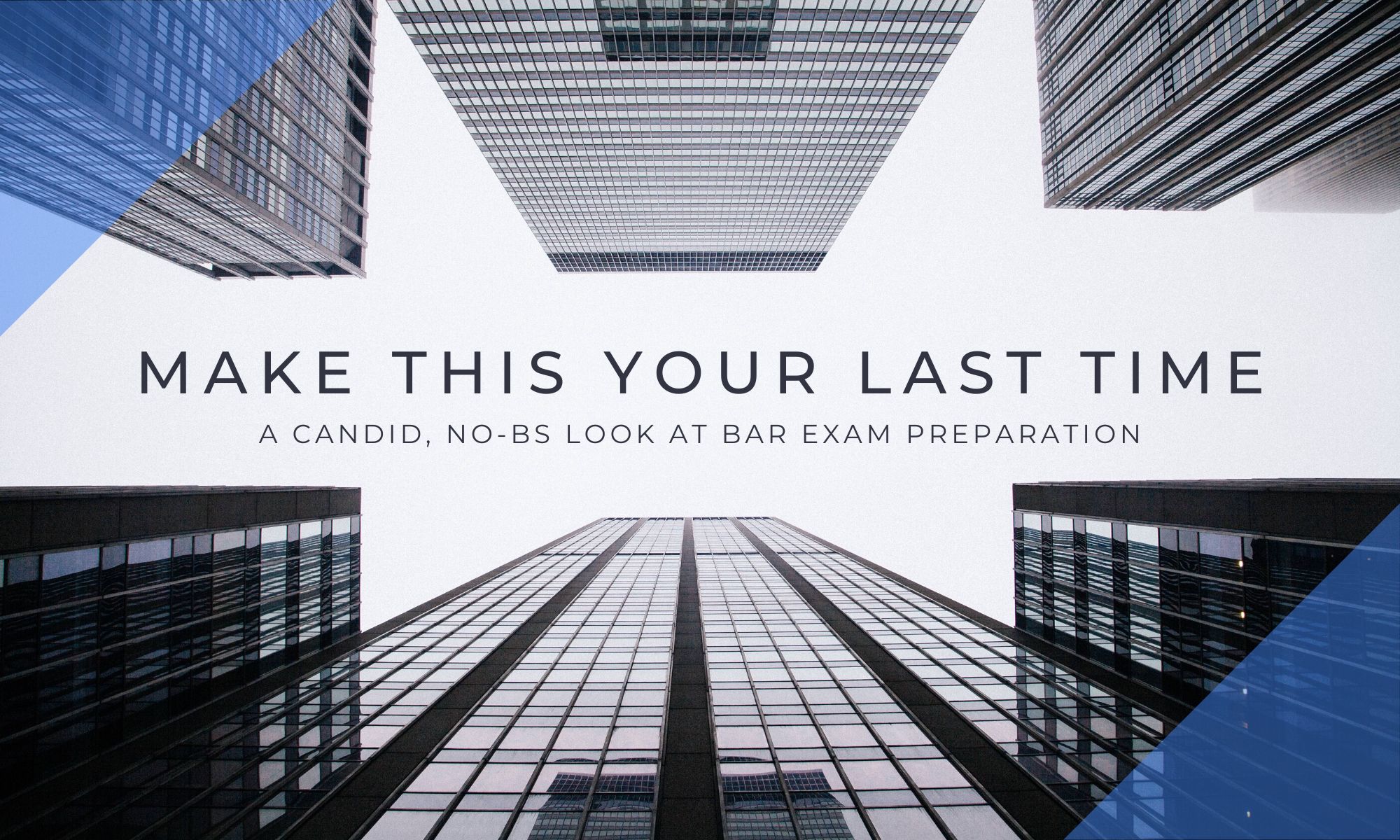Evidence: Hearsay and Circumstances of Its Admissibility
A manager of a grocery store drafted a standard incident report after a customer slipped and fell in an aisle injuring himself. At trial, the store offered a portion of the report that read, “An hour after the incident, I interviewed a shopper who witnessed the customer fall. She said that the customer was running at full speed and tripped over his own feet.” If offered to prove that the customer was running when he fell, is the report admissible?
A: Yes, because the report is not hearsay.
B: Yes, because the report falls within the business records exception to the hearsay rule.
C: No, because even though the report does qualify for the business records exception to the hearsay rule, it is not relevant.
D: No, because the statement is hearsay within hearsay that does not meet an exception.
© AdaptiBar
Want to get more practice with over 1,600+ MBE questions?
Still on the fence?
👉🏻 Read this review of AdaptiBar and what others have said about it.


